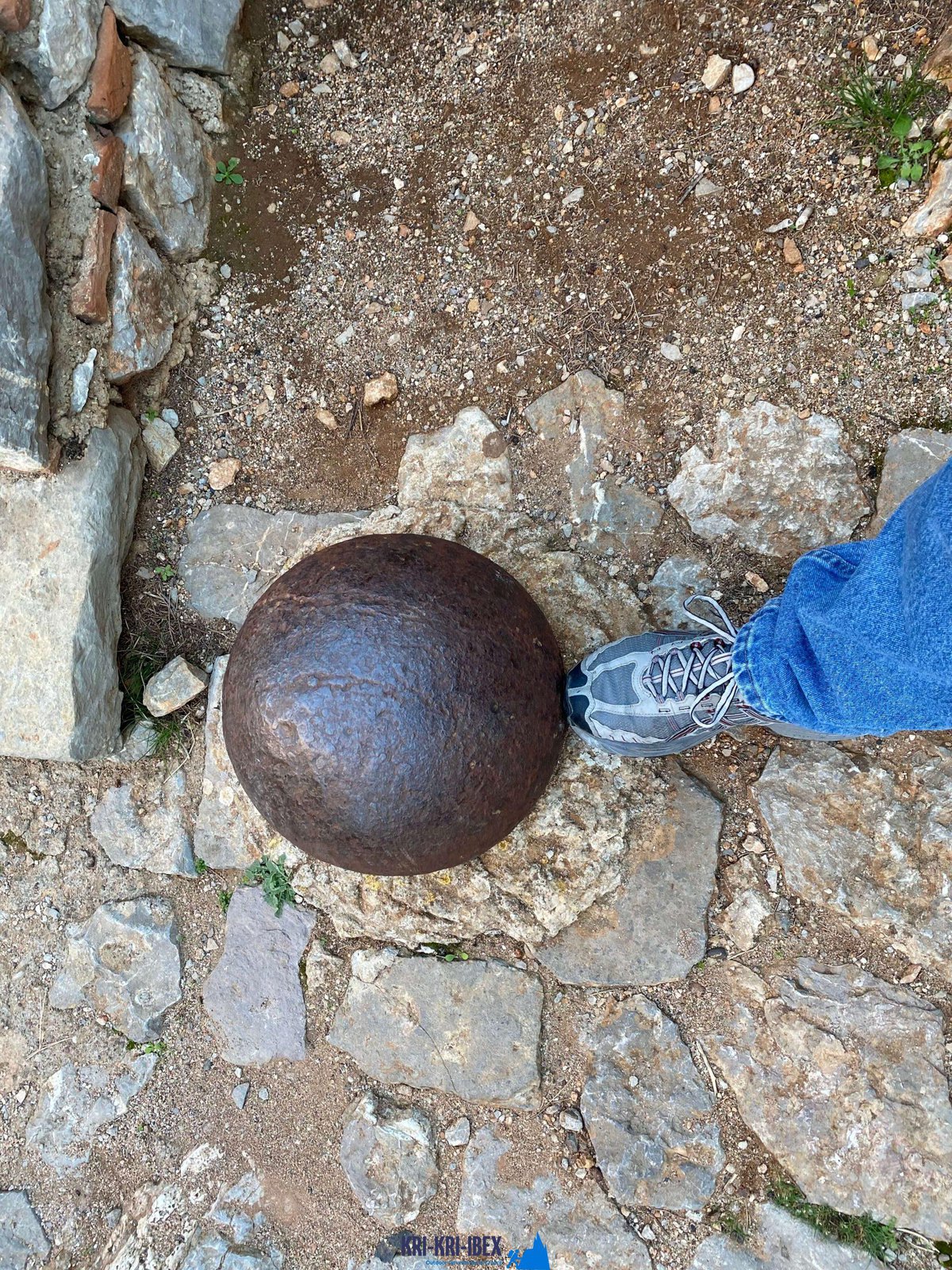Kri-kri ibex searching in Greece
Kri-kri ibex searching in Greece
Blog Article

Hunting for Kri Kri ibex in Greece is an exciting hunting as well as an extraordinary holiday exploration all rolled right into one. For a lot of seekers, ibex hunting is a difficult endeavor with miserable problems, but not in this situation! During 5 days of visiting old Greece, diving to shipwrecks, as well as spearing, you'll run into beautiful Kri Kri ibex on an unique island. What else could you want?

The hunt for kri-kri ibex on the island of Sapientza can be a tough and challenging one. The ibex stay in rugged, steep terrain with sharp, jagged rocks that can easily leave you without footwear after only two journeys there. Shooting a shotgun without optics can also be a difficulty. The hunt is definitely worth it for the opportunity to bag this marvelous animal.
What to Expect on a Peloponnese Tour? When you schedule among our hunting as well as visiting Peloponnese Tours from Methoni, you can expect to be surprised by the all-natural beauty of the location. From the pristine coastlines to the woodlands and also hills, there is something for every person to enjoy in the Peloponnese. On top of that, you will certainly have the chance to taste a few of the best food that Greece needs to offer. Greek food is renowned for being fresh and tasty, and you will absolutely not be let down. One of the best parts about our trips is that they are developed to be both fun and also educational. You will discover Greek background as well as culture while also getting to experience it firsthand. This is an amazing opportunity to submerse yourself in everything that Greece has to provide.
There is really something for everybody in the Peloponnese peninsula. Whether you want history as well as society or nature as well as outside activities, this is an optimal location for your following getaway. If you are short in a timely manner, our searching and touring Peloponnese Tours from Methoni is an excellent method to see every little thing this impressive location needs to offer.And lastly, your Kri Kri ibex trophy is awaiting you.
What is the diference between Kri Kri ibex, Bezoar ibex and hybrid ibex
The kri-kri is not thought to be indigenous to Crete, most likely having been imported to the island during the time of the Minoan civilization. Nevertheless, it is found nowhere else and is therefore endemic to Crete. It was common throughout the Aegean but the peaks of the 8,000 ft (2,400 m) White Mountains of Western Crete are their last strongholds–particularly a series of almost vertical 3,000 ft (900 m) cliffs called ‘the Untrodden’—at the head of the Samaria Gorge. This mountain range, which hosts another 14 endemic animal species, is protected as a UNESCO Biosphere Reserve. In total, their range extends to the White Mountains, the Samaria National Forest and the islets of Dia, Thodorou, and Agii Pandes.
This Ibex is NOT a diminutive form of the Bezoar Ibex, which has migrated into the western-most reach of the range of this species. The kri – kri (Capra aegagrus cretica), sometimes called the Cretan goat, Agrimi, or Cretan Ibex, is a feral goat inhabiting the Eastern Mediterranean, previously considered a subspecies of wild goat. The kri-kri has a light brownish coat with a darker band around its neck. It has two horns that sweep back from the head. In the wild they are shy and avoid tourists, resting during the day. The animal can leap some distance or climb seemingly sheer cliffs.
“The agrimi goat Capra aegagrus cretica is unique to Crete and its offshore islands. It has been identi®ed as a sub-species of the wild bezoar goat Capra aegagrus aegagrus Erxleben, 1777, which it closely resembles in horn shape, body form and coloration. This classi®cation has been disputed by some researchers who claim that the agrimi are feral goats, derived from early domestic stock brought to the island by the ®rst Neolithic settlers. In order to clarify this issue, DNA analyses (cytochrome b and D loop sequences) were carried out on tissue of live and skeletonized agrimi and compared to sequences of wild and domestic caprines. Results conclusively show the agrimi to be a feral animal, that clades with domestic goats (Capra hircus) rather than with wild Asiatic bezoar. This study demonstrates that morphometric criteria do not necessarily re¯ect genetic af®nities, and that the taxonomic classi®cation of agrimi should be revised.”
Report this page